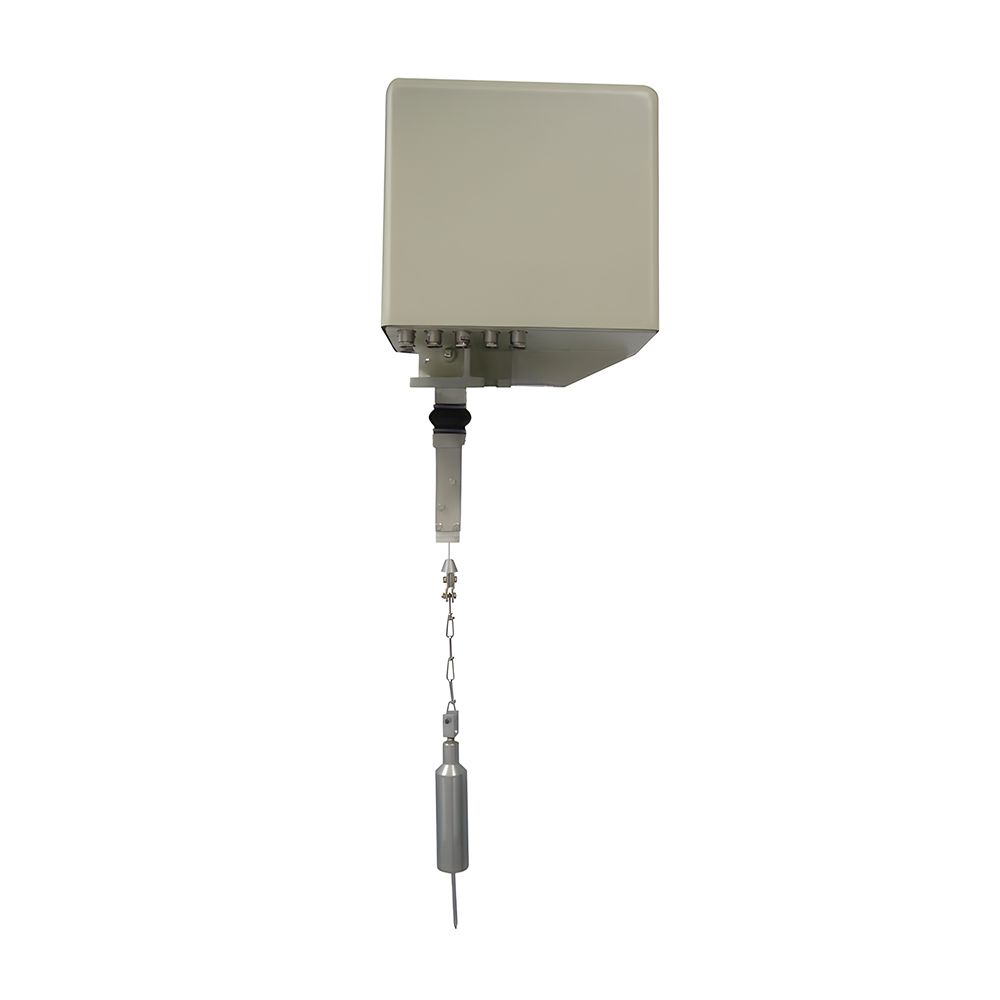Electromechanical Level Sensor
The Electromechanical Level Sensor, also known as a Float Level Sensor or Float Switch, is another commonly used type of level measuring sensor in the milling industry. Electromechanical Level Sensors operate based on the principle of buoyancy. They consist of a buoyant float or probe that moves up and down with the changing liquid level. The float is connected to a mechanical switch mechanism or a series of contacts. When the liquid level rises or falls, the float moves correspondingly, actuating the switch contacts and signaling the change in level.
Electromechanical Level Sensors are typically used for point-level detection, indicating whether the liquid level is above or below a certain threshold. They are suitable for measuring the level of liquids in various storage vessels, such as tanks, sumps, and containers.
These sensors offer advantages such as simplicity, reliability, and cost-effectiveness. They are not affected by factors like temperature, pressure, or vapor. Electromechanical Level Sensors are commonly used in applications where continuous level monitoring is not required, but rather the detection of high or low-level conditions is sufficient.
Electromechanical Level Sensors are available in different designs, including vertical-mounted floats, horizontal-mounted floats, and cable/rod-mounted floats, to suit different installation requirements and liquid properties. They can be configured with different switch types, such as normally open or normally closed, to accommodate specific application needs.
When selecting and installing Electromechanical Level Sensors, it’s important to consider factors such as the liquid properties, vessel geometry, mounting options, and the specific requirements of the milling process. Proper positioning, adjustment, and periodic maintenance are necessary to ensure accurate and reliable level detection.
